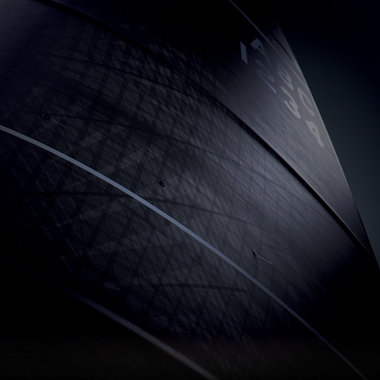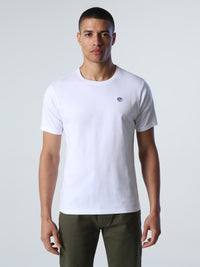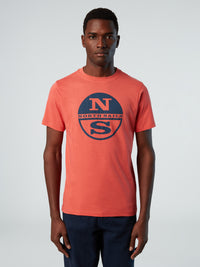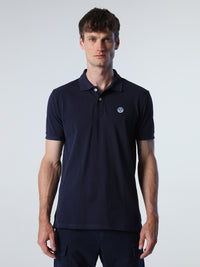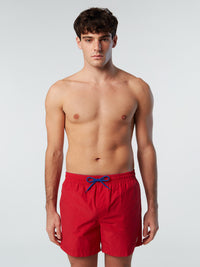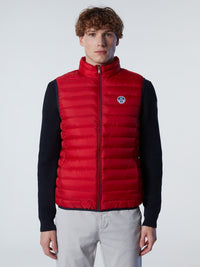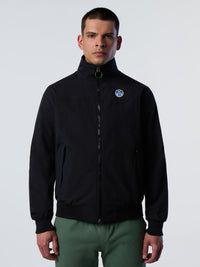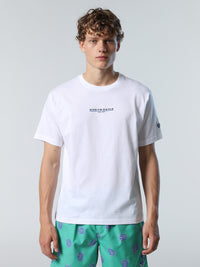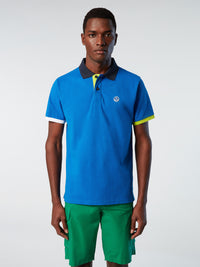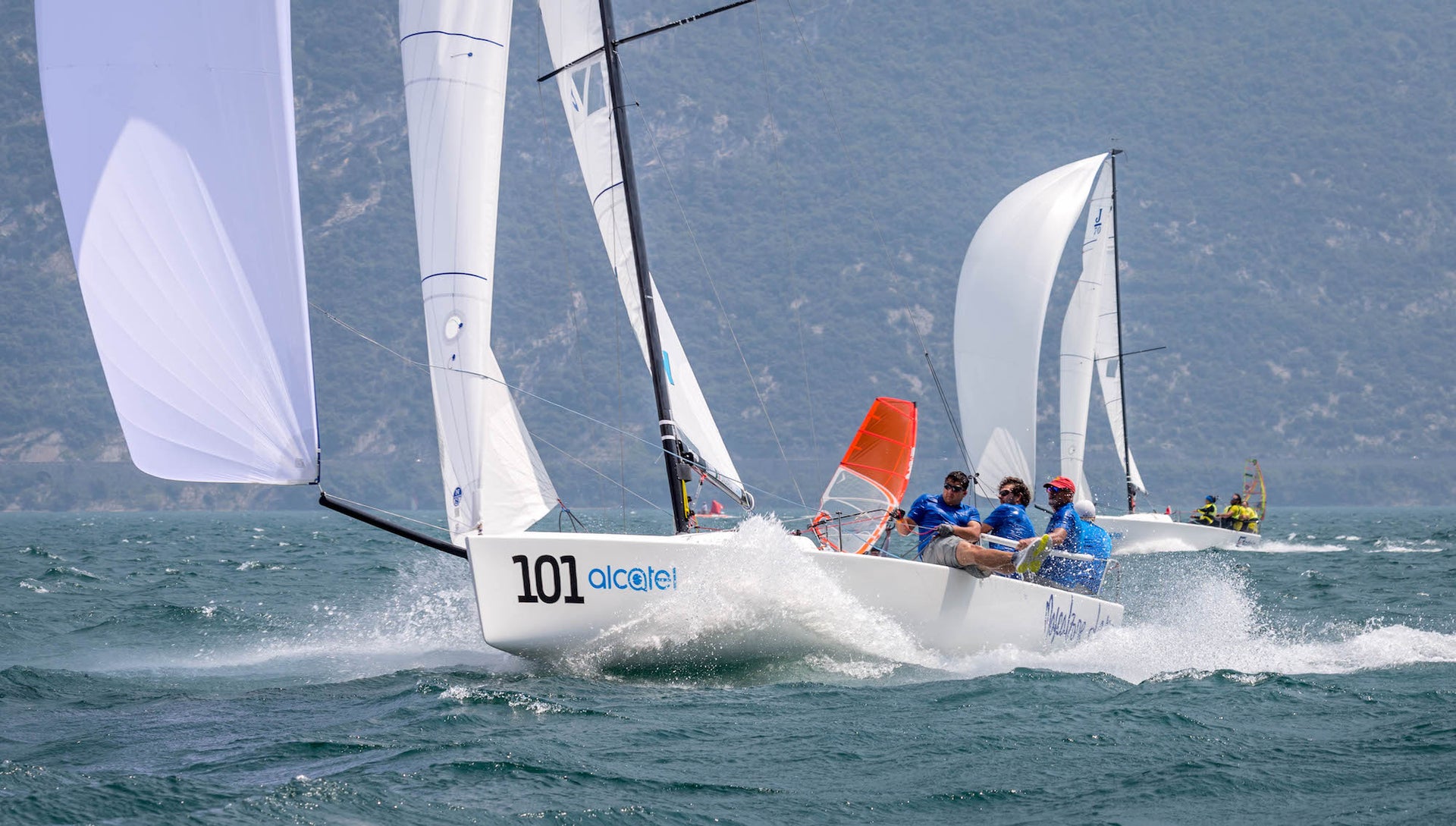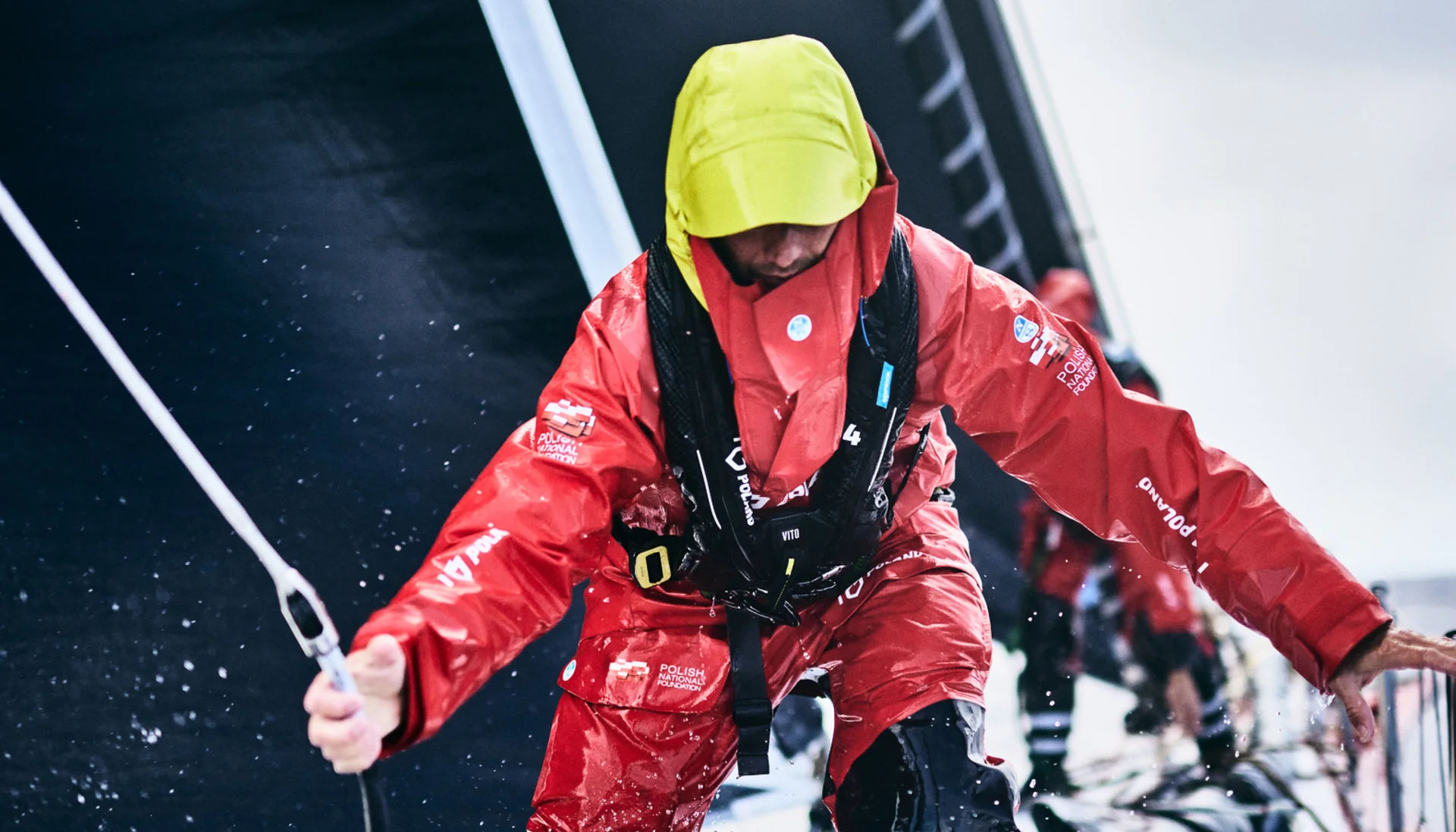SPEED READING: FIVE DOWNWIND MODES
FIVE DOWNWIND MODES
Simplified To Optimize Your Downwind Performance

The J/70 is a relatively new class and the learning curve is still very steep for all involved. Here are a few basic tips that can help when trying to optimize performance downwind.
PLANING
- Crew Weight Aft. Keeping the bow out of the water and rudder in the water.
- Backstay remains at 75% to 100% on. This will make keep the mast back, the luff of the spin tight and the draft of the spin forward.
- Traveler down all the way. This will make each pump more effective as the traveler will pull the boom both in and down each time you pump.
- Play Vang. When the boat is ripping and under control, try a bit more vang to power up the main; you will go the same speed at a lower angle. Remember to ease some off before next jibe!
- Consistent Heel. Keep the angle consistent – this will keep the helm loading consistent to help the helmsman find the fastest apparent wind angles.
MARGINAL/LAZY PLANING
- Crew extremely active with fore and aft weight. Keep weight forward until boat starts to surf down waves and bow wants to crash into next wave, then move weight back quickly, turn bow up and move weight forward again to catch the next wave.
- Drive boat with side-to-side weight. Move weight in slightly to help the boat turn up and power up in order to maintain the plane. Full hike in puffs to turn down and flatten the boat and accelerate.
- Backstay 50%-75% on. This will keep the luff of spin tight enough for planing with apparent wind forward, but still keep a powerful shape for both main and spin.
- Vang on. For max power when pumping, keep the main leech firm and under control by tightening the vang.
- Consistent heel. Same as above.
See also: Tim Healy’s tips for marginal planing conditions in flat water
DISPLACEMENT SOAK-MODE
- Weight forward. Keep knuckle of bow in water and transom just in water. You want maximum water line with minimum drag.
- Drive boat with side to side weight. Use weight to steer the boat and use as little rudder (which creates drag) as possible.
- Backstay off. This allows the mast to move forward as much as possible, making the luff of the spinnaker rounder and deeper, which is better as the apparent wind moves aft.
- Play Vang. Ease vang to get good twist without inverting the compression battens. Tighten for jibes or if surfing conditions are present and pumping becomes legal.
- Tack-up soak mode. This only works in over 9 knots or when the apparent is max aft. Letting a few inches off the tack line allows the spin to get deeper and rotate to weather more to maintain a lower course heading. If spin gets unstable, pull tack down and head up slightly.
DISPLACEMENT WING-ON-WING
- Weight forward. Same as above
- Maintain consistent weather heel need more as breeze gets lighter. Weather heel helps the spin stay full and stable.
- Play Vang. Vang on in jibes to pop battens. Vang on also helps to keep rocking to a minimum.
- Backstay off. Same as above
- Watch your masthead fly. The wind should be coming from dead astern or slightly from the weather stern quarter. Sailing by the lee only creates disturbed air for the spin interfering with the air coming off the main. Trimer and tactician should direct driver by saying “turn right” or “turn left” not “up” or “down”
- Vang on for maneuvers. To help pop the compression battens when it comes time to jibe.
DISPLACEMENT VMG-MODE
- Weight forward. Same as above.
- Maintain slight leeward heel. This will help keep the spinnaker full and air flow attached. In puffs slightly flatten the boat and turn down. In lulls slightly more heel to turn up to keep spin full and speed up.
- Vang off. Let main leech twist- vang on slightly in chop to control flapping. Pull the vang on for jibes to help battens pop over.
- Backstay off. Only pull on to control rig from becoming unstable in chop.

